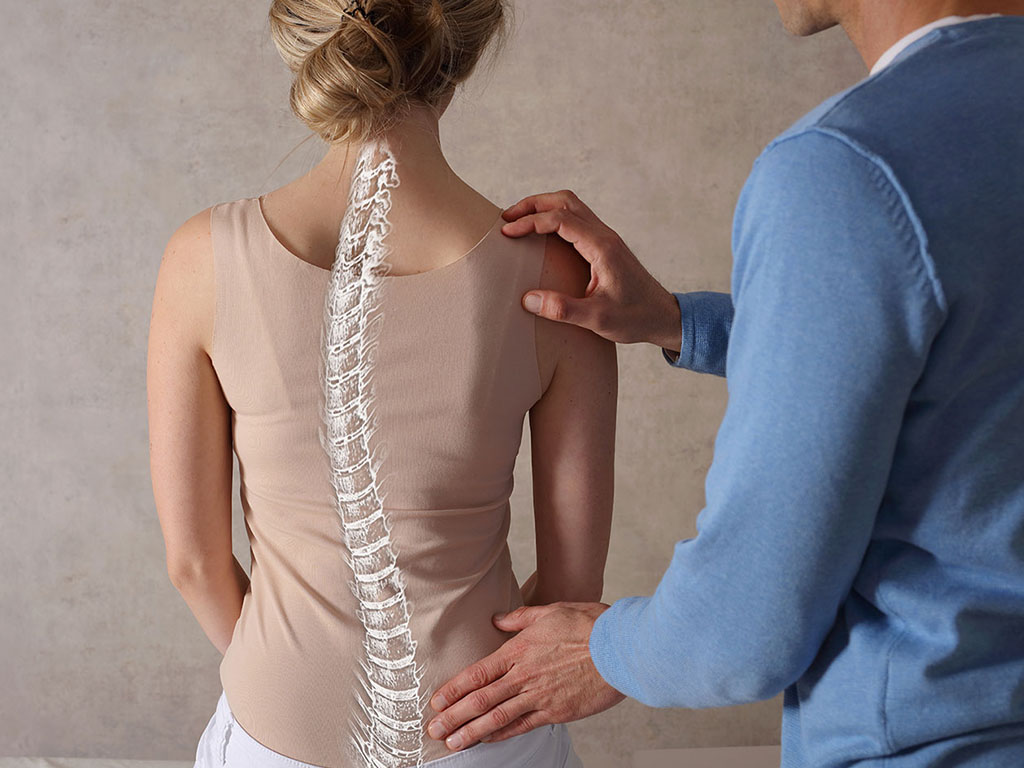
Scoliosis is a medical condition that affects the curvature of the spine. While it can occur at any age, it's most commonly diagnosed during adolescence. In this article, we'll discuss the causes of scoliosis, the signs and symptoms to look out for, and the treatment options available.
There are several different types of scoliosis, and the causes can vary depending on the type. The most common type of scoliosis is idiopathic scoliosis, which means there is no known cause. However, some of the known causes of scoliosis include:
Congenital scoliosis: This type of scoliosis is present at birth and is caused by abnormal spinal development in the womb.
Neuromuscular scoliosis: This type of scoliosis is caused by a neuromuscular condition, such as cerebral palsy or muscular dystrophy, that affects the muscles and nerves that control the spine.
Degenerative scoliosis: This type of scoliosis is caused by the wear and tear of the spine due to age or injury, resulting in the deterioration of the spinal discs and joints.
Secondary scoliosis: This type of scoliosis is caused by another condition, such as a tumor, infection, or a leg length discrepancy.
The signs and symptoms of scoliosis can vary depending on the severity of the curvature. Mild cases of scoliosis may not cause any noticeable symptoms, while more severe cases can cause:
Uneven shoulders or hips
A visible curve in the spine
Back pain or discomfort
Difficulty breathing
Fatigue
If you or your child are experiencing any of these symptoms, it's important to consult with a healthcare professional.
The treatment options for scoliosis depend on the severity of the curvature and the age of the patient. Mild cases of scoliosis may not require any treatment, while more severe cases may require bracing or surgery.
Bracing: In some cases, a brace may be recommended to prevent the curve from worsening. The type of brace and length of time it needs to be worn will depend on the severity of the curvature.
Surgery: For severe cases of scoliosis, surgery may be necessary to straighten the spine. The type of surgery will depend on the location and severity of the curvature.
Physical therapy: Physical therapy can be helpful in managing the symptoms of scoliosis, such as back pain and discomfort.
Scoliosis is a medical condition that affects the curvature of the spine. While the causes can vary, it's important to be aware of the signs and symptoms and to consult with a healthcare professional if you suspect you or your child may have scoliosis. Treatment options are available, and the earlier the condition is diagnosed, the better the outcome.